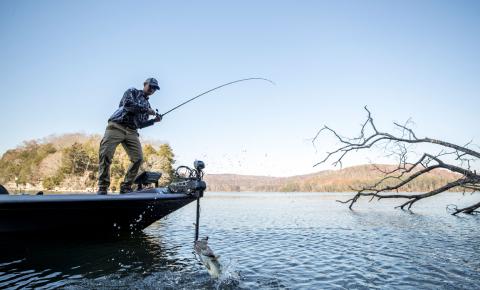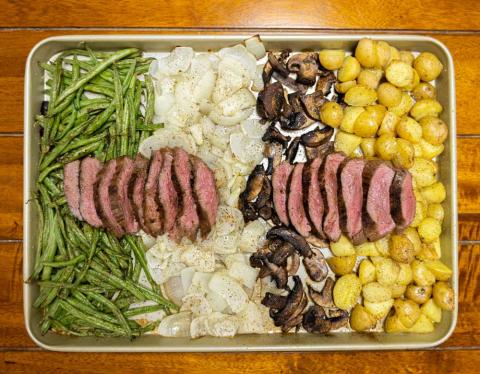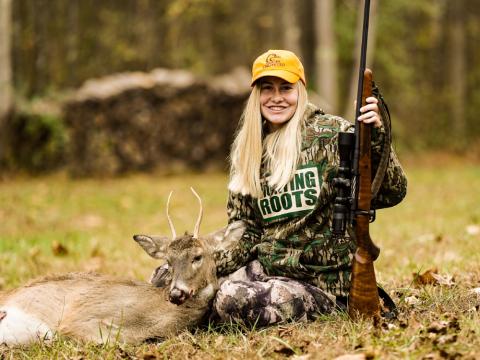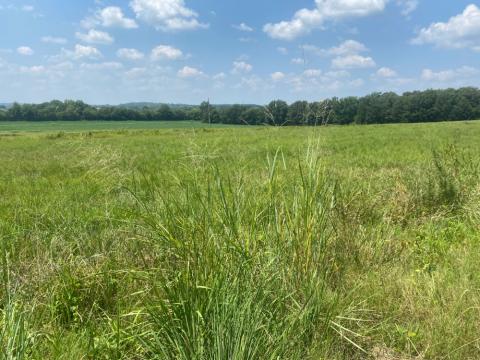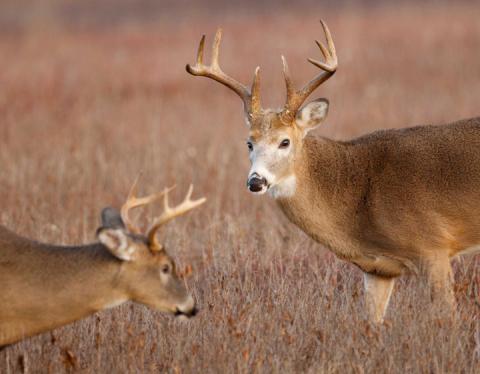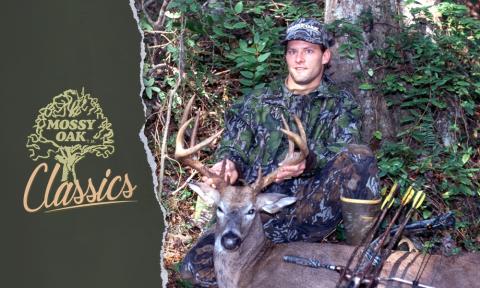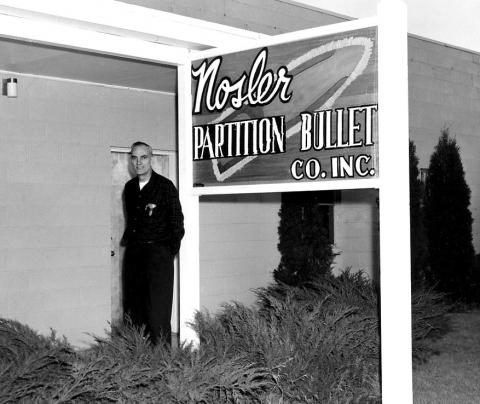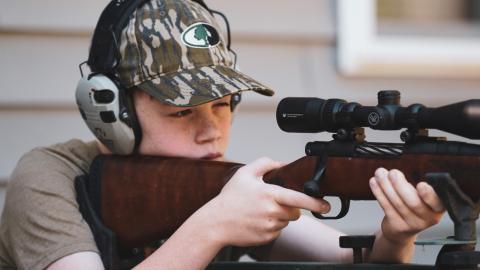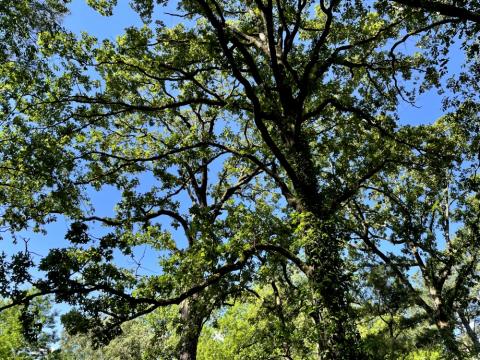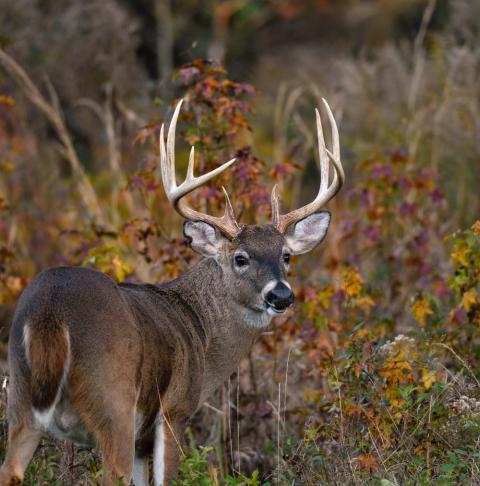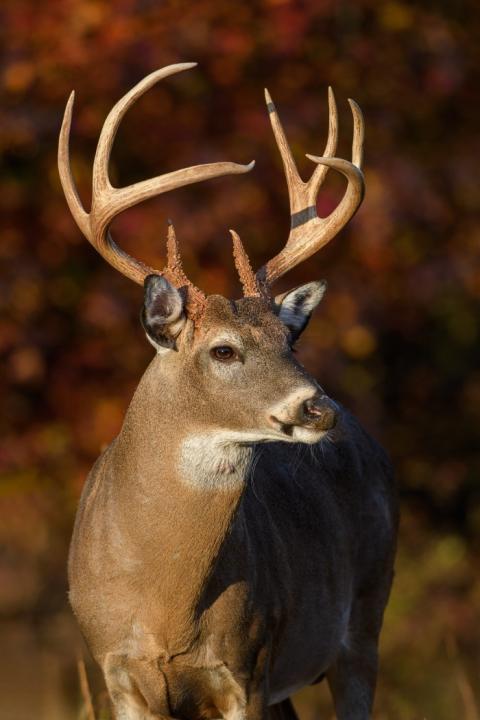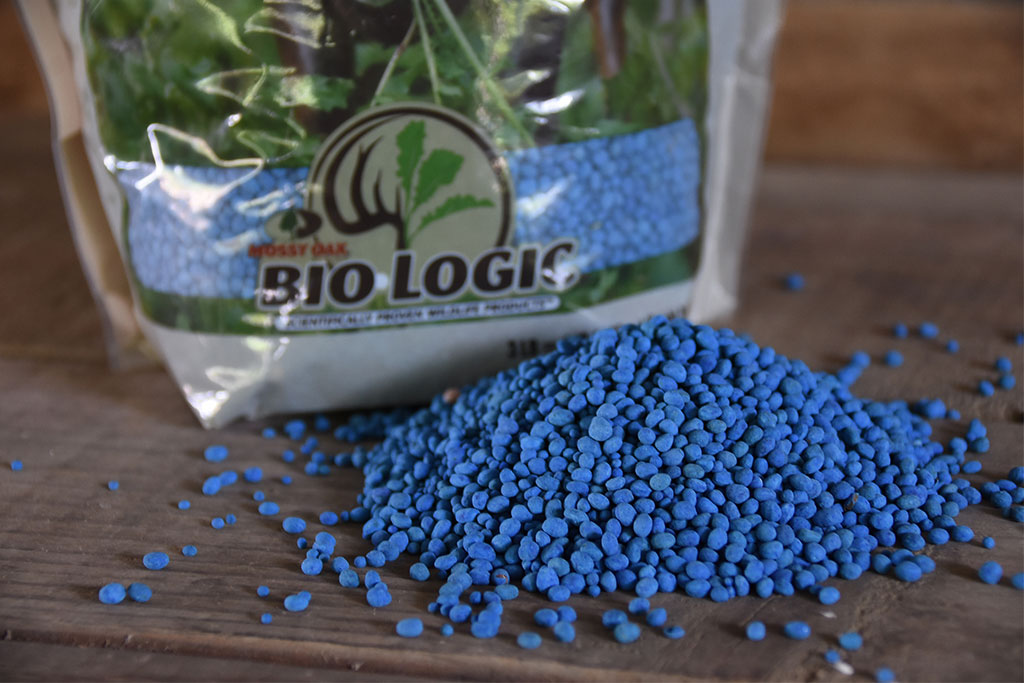
Seed germination and seedling survival are obviously vital to a successful planting. One reason for planting failure we see is seedling death due to lack of moisture after the seed has germinated. This can happen when there is enough soil moisture to swell the seed and start the germination process and then a period of dry weather occurs, or seed is planted into a very dry soil and receives a light rain good enough to start germination followed by a period of drought. Either situation is tough to actually see and diagnose and often the seed is blamed for being bad or old. We wanted to develop a coating for a new blend of radish, forage turnips, and forage rape called Final Forage that would help seedlings develop roots quicker to help overcome a drought stress or low fertility situation.
Final Forage is the first seed blend to utilize our Nitro Coat seed coating. The highly visible blue coating contains a blend of macro nutrients and endomicrorrhizal fungi. These help to form a symbiotic relationship with the plant which scavenge important nutrients form the soil such as phosphorous that is critical for root development. The argument against coated seeds is you are getting less seed per pound versus raw seed due to the coating. We plan to offer in both forms, but trials are showing the benefits of properly coated seed outweigh using higher rates of raw untreated seed. The larger size of the seeds after coating also makes spreading small seeds like brassica or clover easier and provides more consistent distribution across the seed bed.
For more food plot seed tips, read “Understanding Food Plot Seed Labels.” Buying your food plot seed can sometimes be a little confusing, given all the choices that are on the market today. Each year the team at BioLogic gets hundreds of phone calls asking about the seed analysis for the blends they are buying. Often, people want to know if they are really buying good seed or are they buying less than perfect seed.















